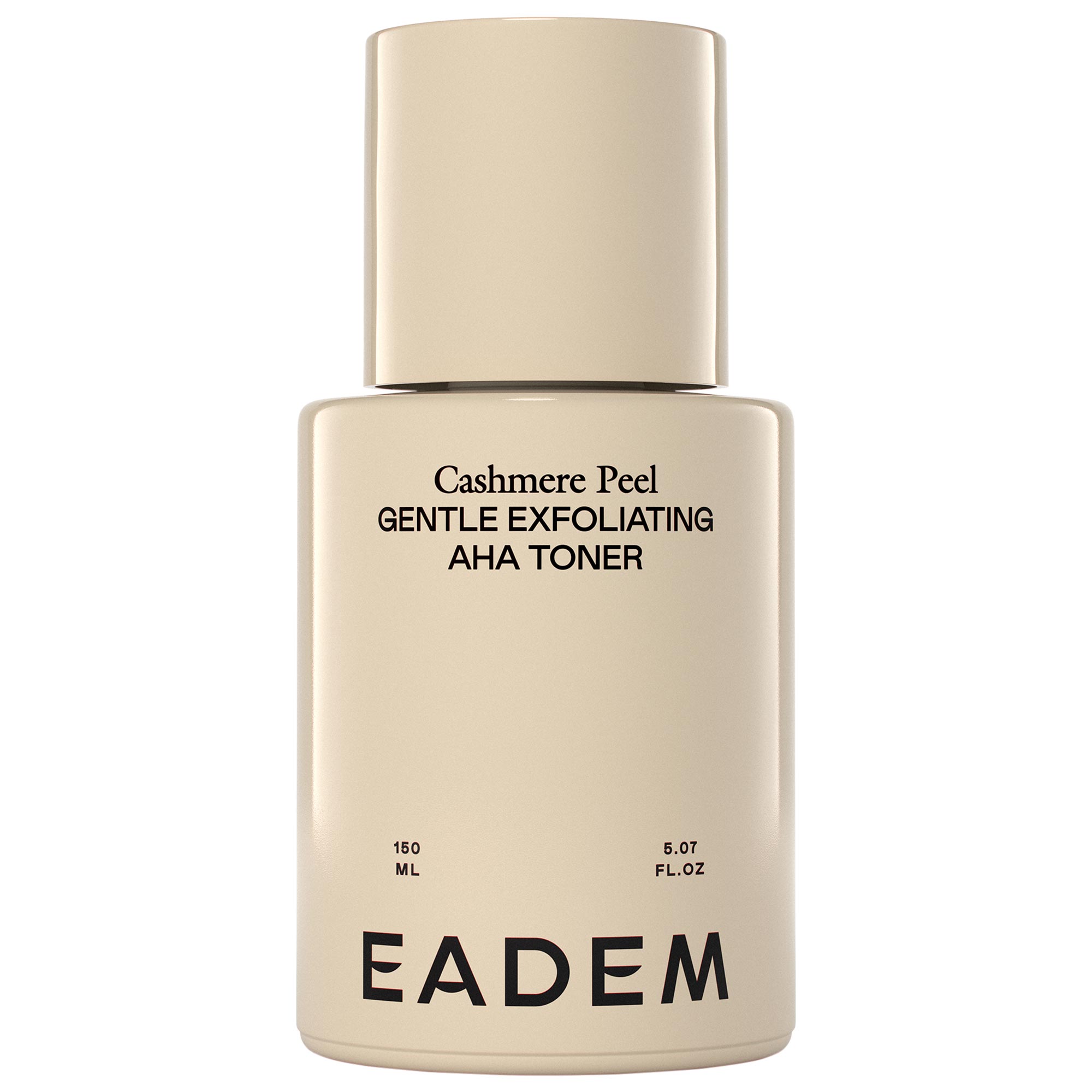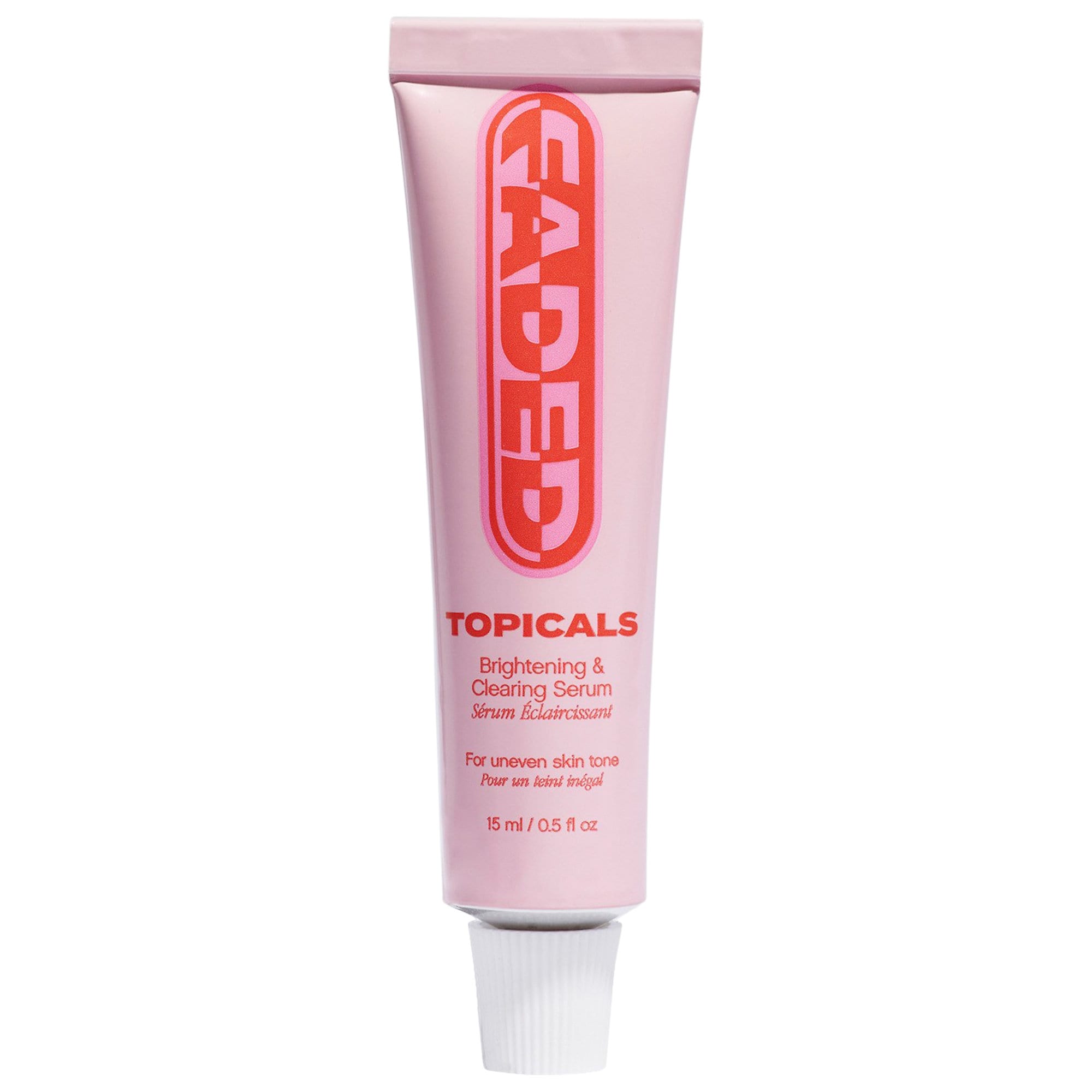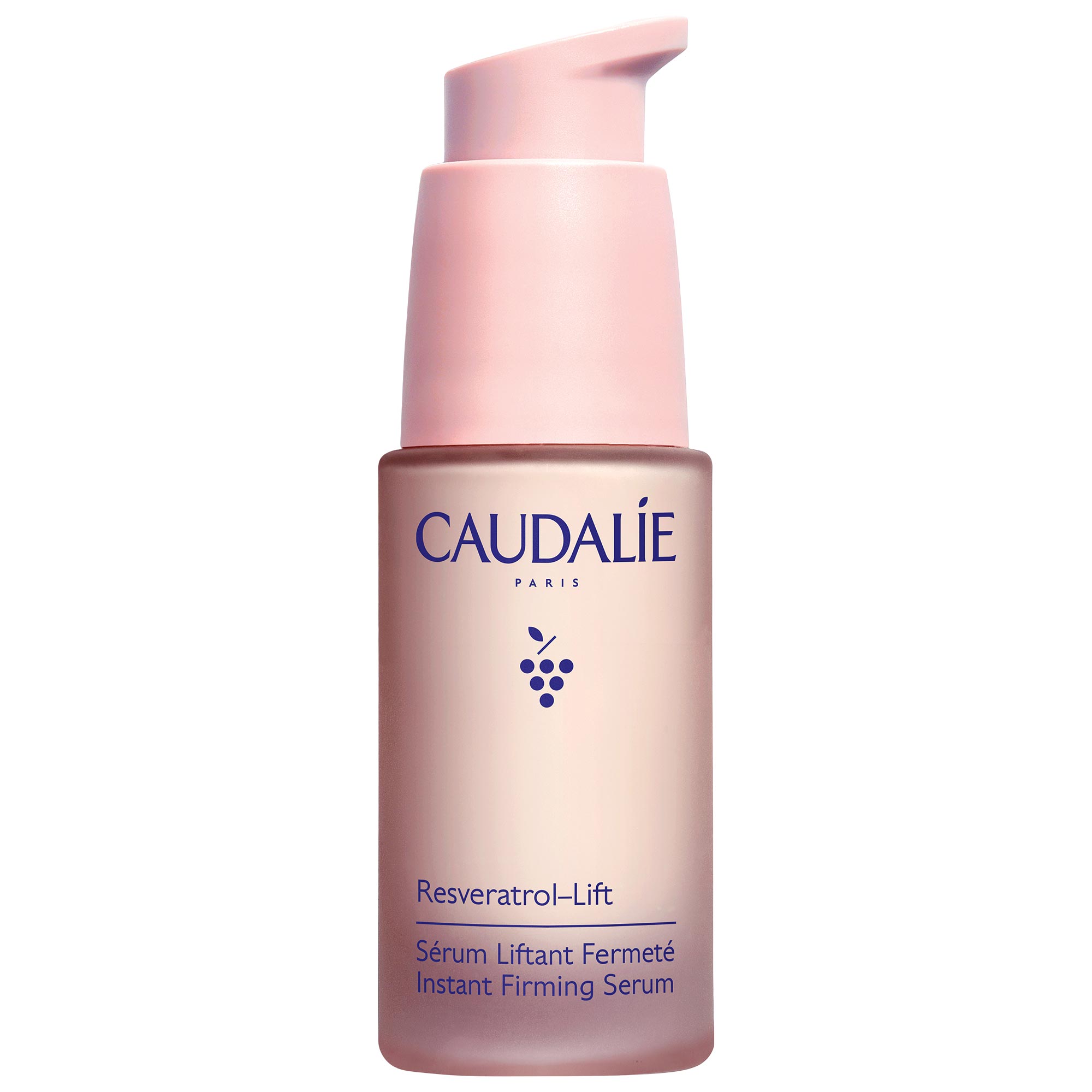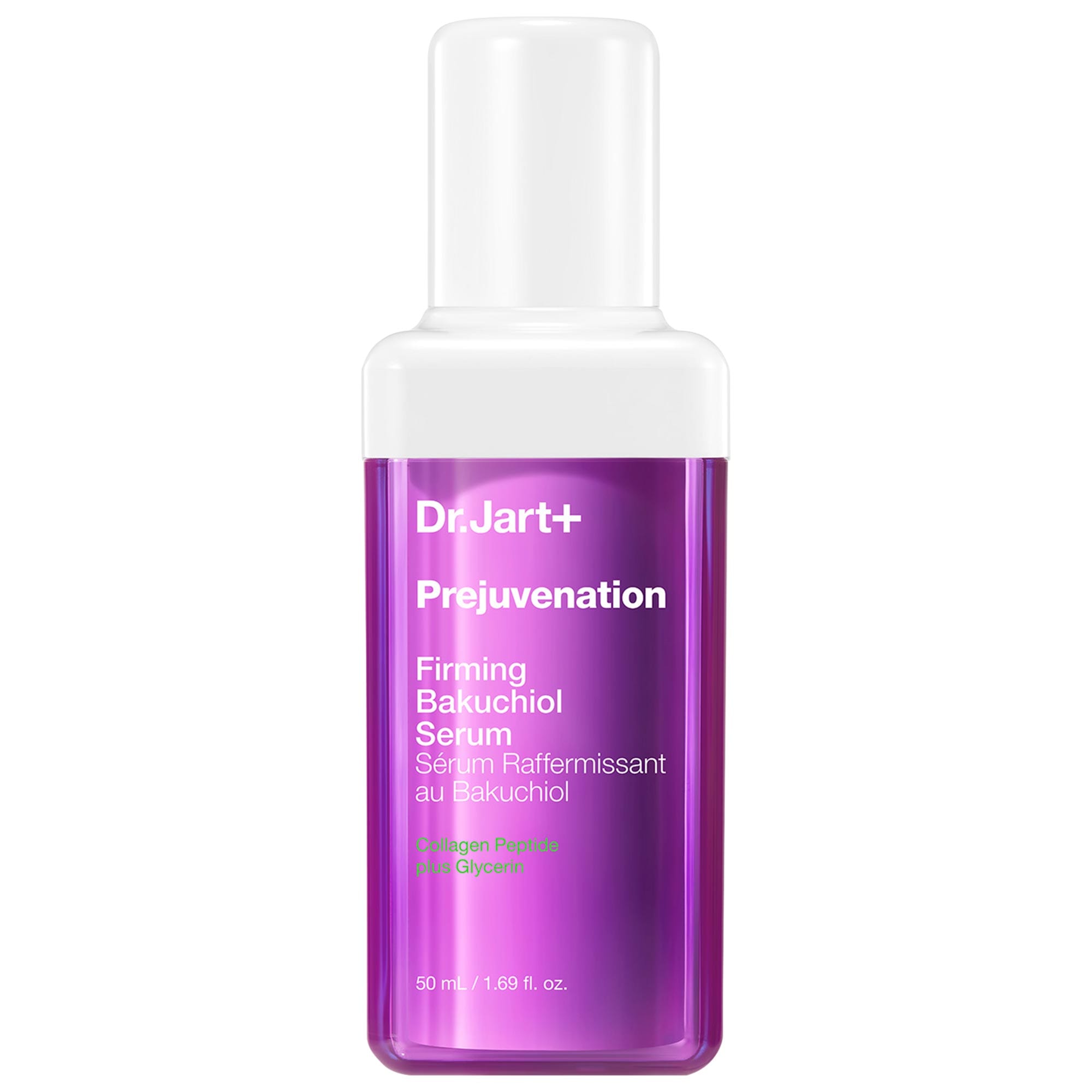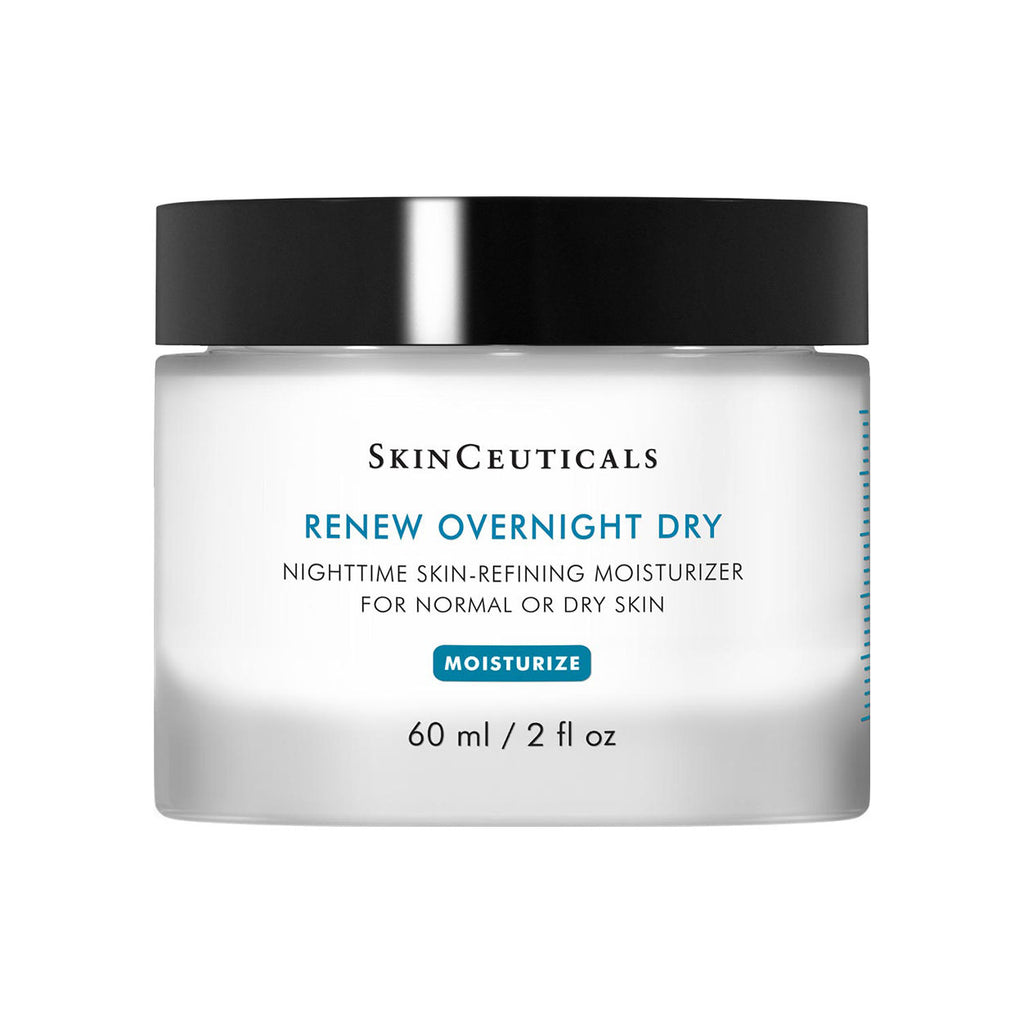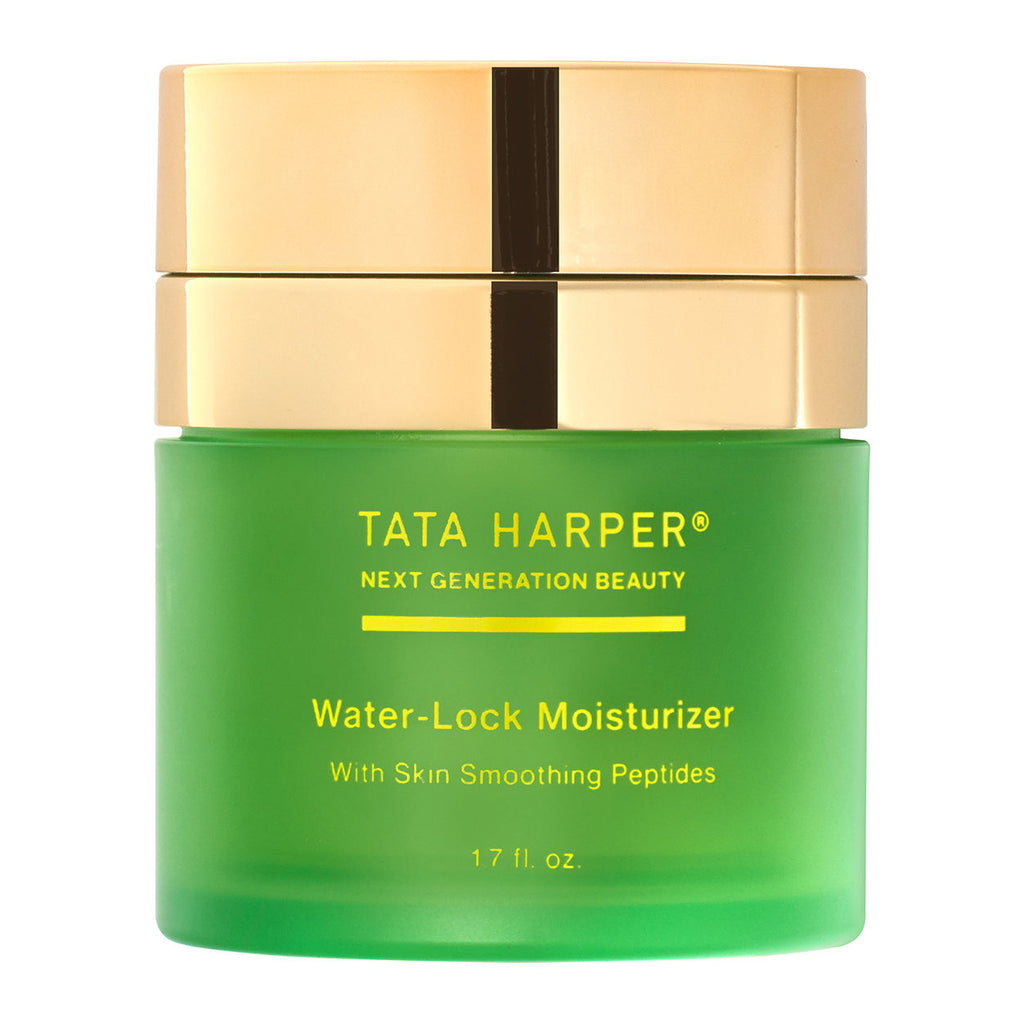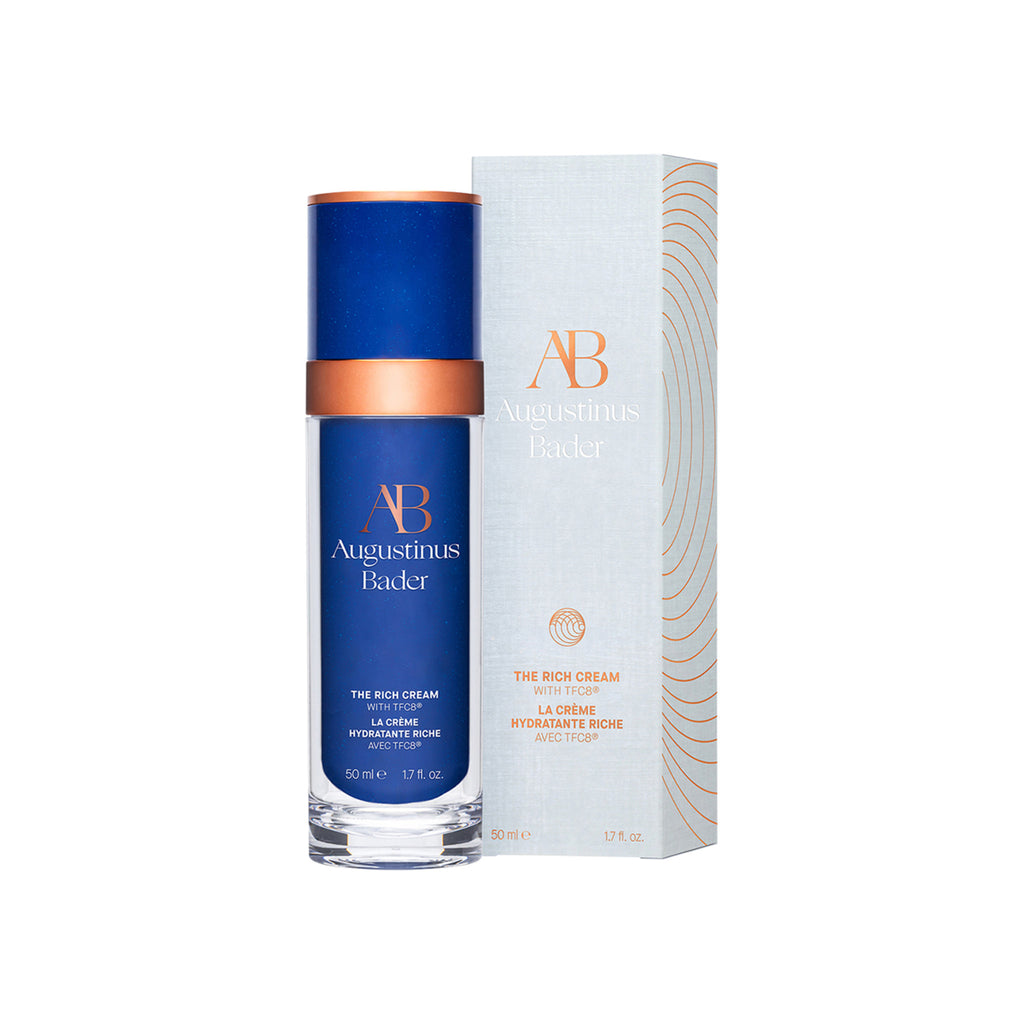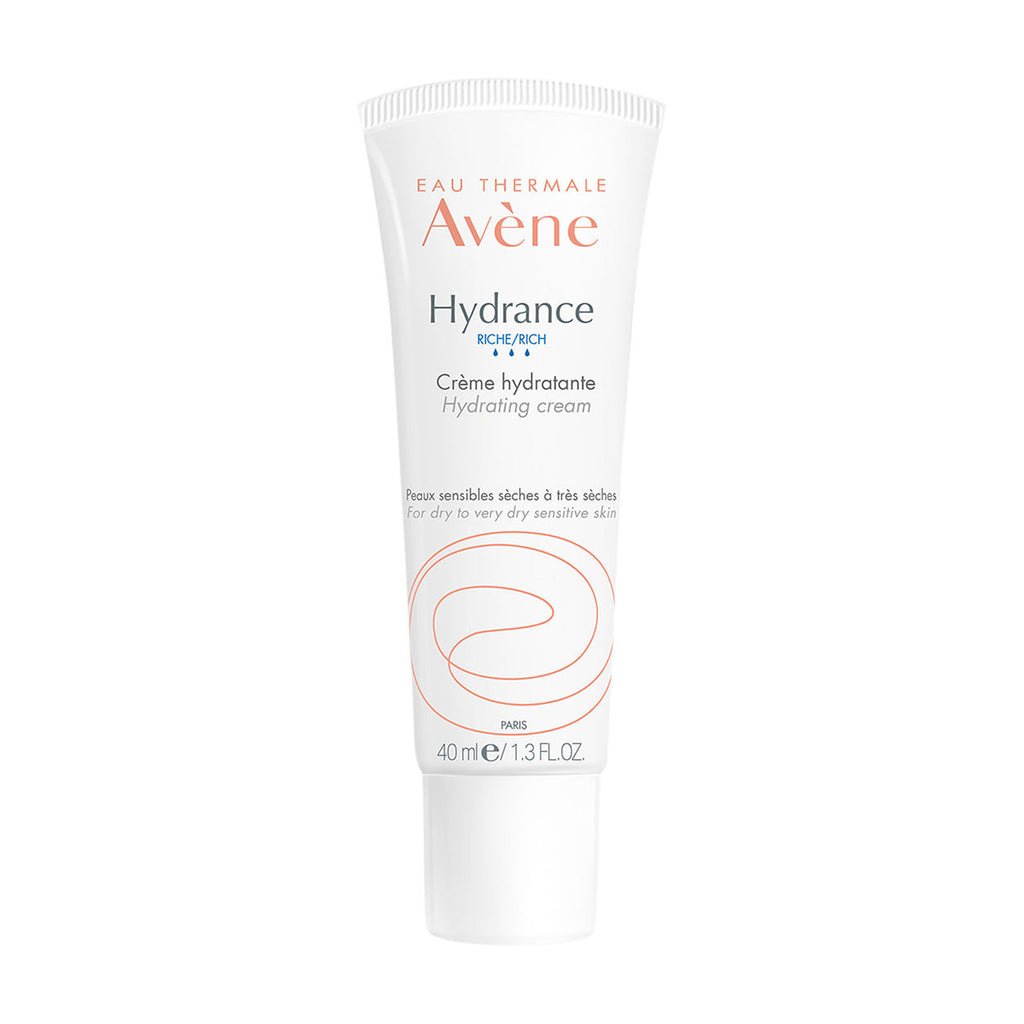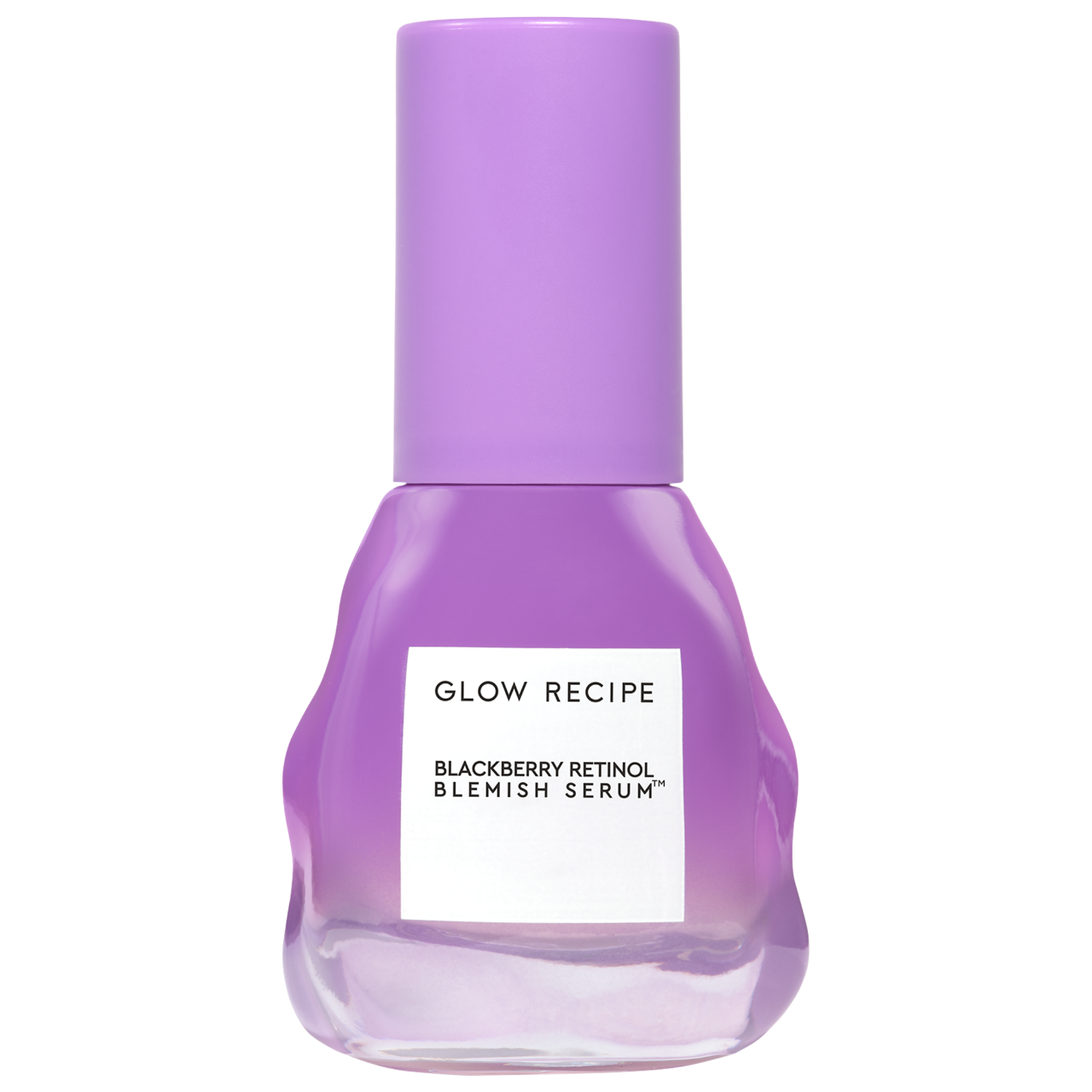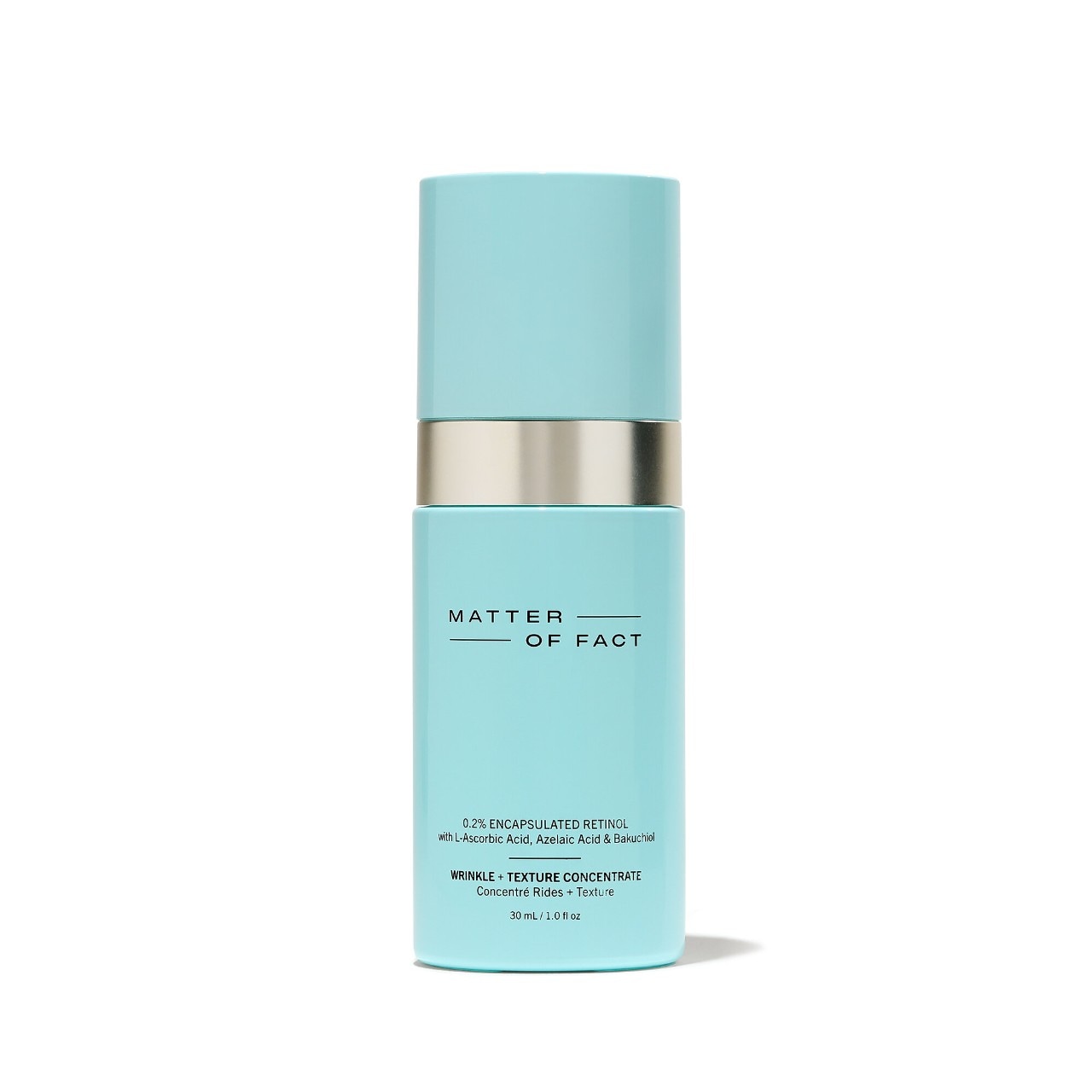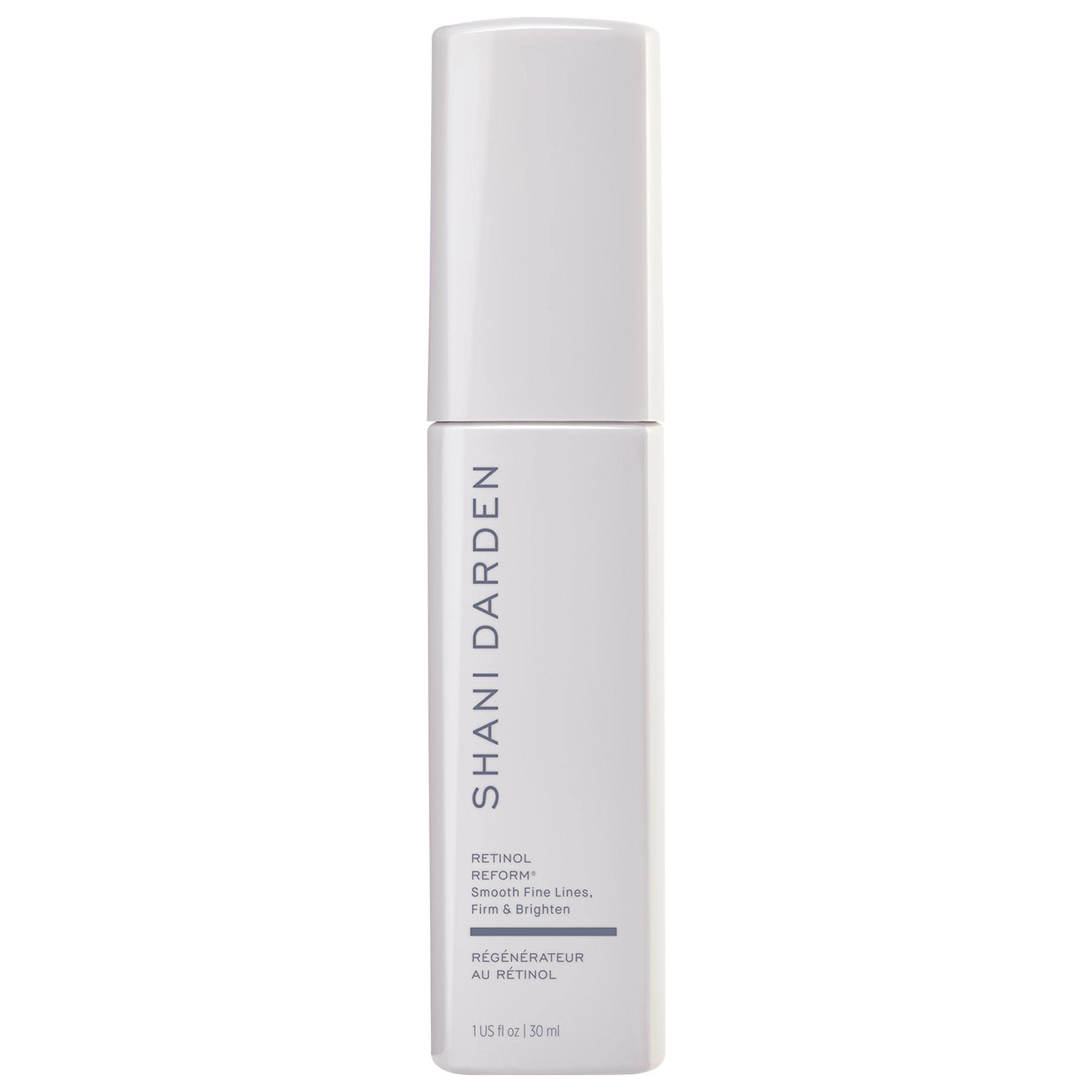What Is Tretinoin? Dermatologists Reveal the Skin Benefits and Side Effects
The multi-tasking ingredient is a beloved for a reason.
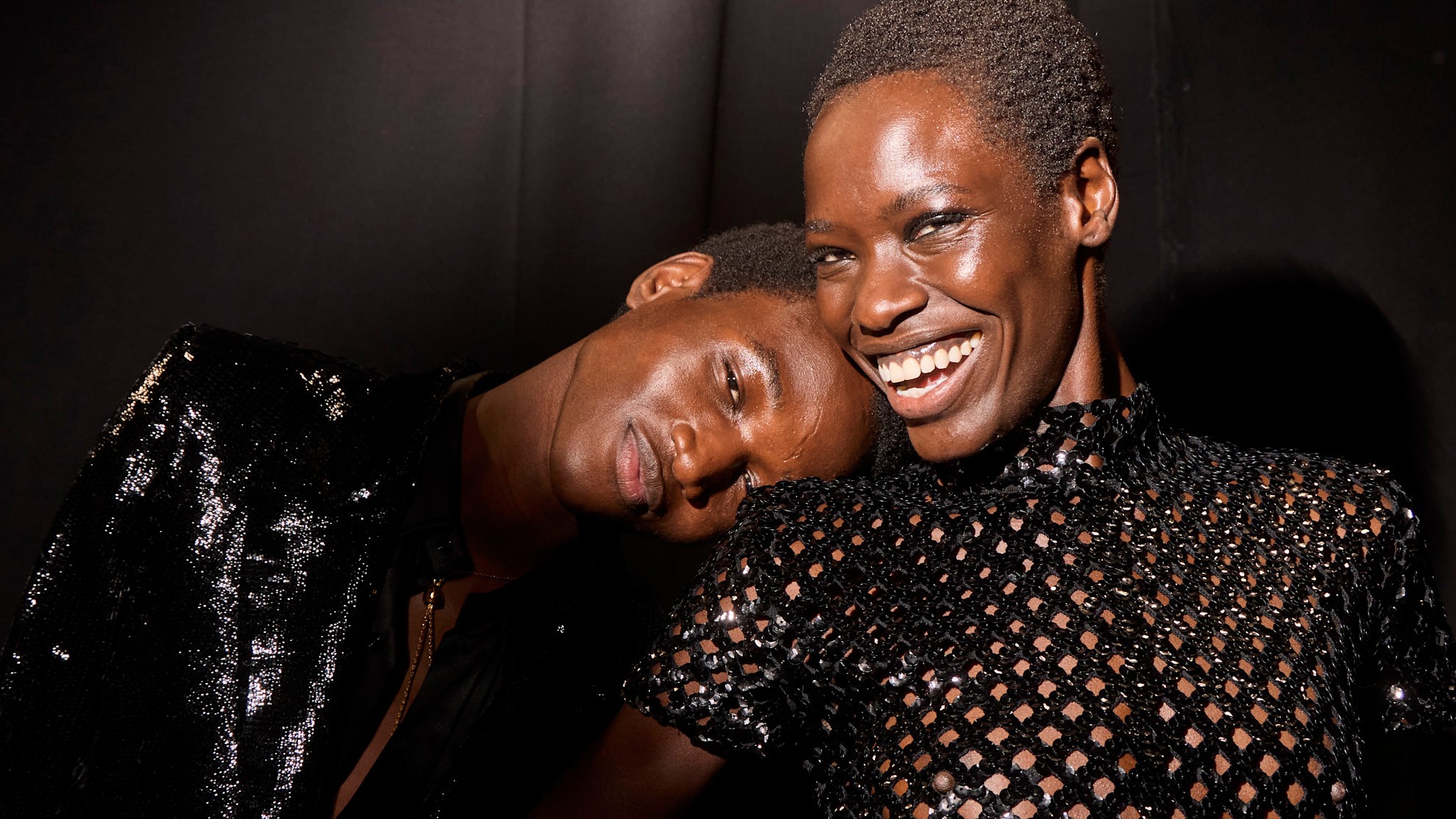
- What Is Tretinoin?
- What Are the Benefits of Tretinoin?
- What Are the Side Effects of Tretinoin?
- Is Tretinoin Pregnancy Safe?
- What Should I Avoid If I’m Using Tretinoin?
- How Much Tretinoin Do I Need?
- How Do I Incorporate Tretinoin Into My Routine?
- When Will I See Results From Tretinoin?
- Am I a Candidate for Tretinoin?
- Is There a Difference Between a Gel and a Cream Tretinoin?
- Is Tretinoin Better Than Retinol?
- Can I Only Get Tretinoin From a Dermatologist?

If I traveled 16 years back in time, I'd see that my bathroom cabinet was once home to some questionable products. Think, a massive tub of chemical-infused, neon-blue scrunchie gel sitting next to a face scrub that now resides on my beauty blacklist. But my middle school self and current day me still have one very important skincare staple in common: tretinoin.
You've probably seen the popular skincare ingredient bouncing around the Internet, but what is tretinoin exactly? It’s a prescription-only retinoid that’s commonly referred to as tret, Retin-A, or Altreno, explains board-certified dermatologist Pooja Rambhia, M.D. FAAD. Think of it like a supped-up version of the retinol products you can buy over the counter, working harder and stronger to fight acne (the main reason I found myself using tretinoin at 12 years old), brighten hyperpigmentation, and prevent fine lines and wrinkles.
“It’s truly one of the most versatile ingredients we have,” explains board-certified dermatologist Dhaval Bhanusali, M.D. FAAD. It also works across all skin types and tones so you’ll be hard-pressed to find a dermatologist who doesn’t recommend it. Of course, it’s not all sunshine and roses. Tretinoin, like most drugs, has some side effects.
Despite its ability to occasionally dry out and irritation the skin, I swear it’s the product most responsible for transforming my skin, and I am 100 percent positive it will remain in my bathroom cabinet for another 16 years. To learn everything you need to know about tretinoin—from the benefits and side effects to my personal experience—keep reading.
What Is Tretinoin?
Tretinoin, a vitamin A derivative, is a powerful, topical medication commonly used for its anti-aging and acne-fighting properties. “It’s an active ingredient that works by stimulating skin cell turnover, encouraging the shedding of old, dead skin cells, and helping to reveal newer, fresher skin underneath,” explains board-certified dermatologist Nicole Ruth, M.D. FAAD.
Why is this important? Our skin renewal process slows down significantly as we age, which can contribute to visible signs of aging, like fine lines, wrinkles, and loss of radiance. Tretinoin works to speed up this process again, helping your skin cells function like they did when you were younger. "By promoting cell regeneration, tretinoin can help reduce the appearance of fine lines, acne, and hyperpigmentation,” adds Dr. Ruth. Your doctor will help you determine the proper strength of tretinoin for your skin, ensuring it’s effective without becoming too irritating (more on this later).
While tretinoin is the official name, the active ingredient is the star in a handful of various prescription retinoid formulas:
Stay In The Know
Get exclusive access to fashion and beauty trends, hot-off-the-press celebrity news, and more.
- Retin-A: This prescription topical retinoid is available in cream, lotion, and gel formulation in various strengths. “This makes it easy to up-titrate the strength of tretinoin, and is more easily covered by medical insurance compared to other forms of tretinoin,” says Dr. Rambhia.
- Retin-A Micro Gel: “This is a prescription micronized tretinoin that comes in a gel form, that releases the medication more slowly over time, thereby enhancing its delivery and absorption into the skin,” says Dr. Rambhia. The end result is also less irritating than Retin-A.
- Altreno lotion: This is a prescription tretinoin 0.05% lotion that combines hyaluronic acid, glycerin, and marine collagen to keep the skin moisturized and minimize irritation that commonly occurs with topical retinoids.
What Are the Benefits of Tretinoin?
The advantages of tretinoin are incredibly wide-ranging. “It helps with everything,” Dr. Bhanusali says, noting it has the ability to improve acne, texture, tone, pores, scars, and other visible signs of aging.
Anti-Aging
If fine lines and wrinkles are skin concerns (hi, yes, me), tretinoin should be a constant in your skincare routine. “With continued use, it stimulates collagen production, which reduces fine lines and wrinkles and enhances skin texture and tone through increased cell turnover,” explains Dr. Rambhia. I’m personally very cognizant of applying tretinoin around my crow’s feet and 11-lines.
Acne-Fighting
Because tretinoin doubles as an exfoliant, it helps to remove the dead skin cells that clog up your pores. “It can help acne by preventing pores from becoming clogged, reducing the frequency and severity of breakouts,” says Dr. Ruth.
Hyperpigmentation
If you deal with sun spots, melasma, or post-inflammatory hyperpigmentation (those little red or purple-brown marks left over from acne), tretinoin can work wonders to accelerate skin turnover and promote more even-toned pigmentation, notes Dr. Ruth. Of course, results take time, so it’s important to stick with regular application for at least six weeks.
Texture and Tone
Without a doubt, I notice the biggest difference in my texture and tone when I'm religiously using tretinoin. Because it can make skin act younger, it creates a firmer, plumper-looking complexion in the process. The little bumps around my chin are noticeably smoothed out, milia around my eyes are less common, and my overall complexion looks brighter and healthier.
What Are the Side Effects of Tretinoin?
I hate to be the bearer of bad news, but tretinoin does coincide with some less-than-desirable side effects. “The most common side effects are dryness, peeling, and redness,” explains Dr. Ruth. A bit of flaking and irritation is normal and to be expected at the jump, but your skin should acclimate in around six to eight weeks. (For tips on mitigating these side effects, keep scrolling for our instructions on incorporating tretinoin into your routine.)
An additional (short-term!) side effect is purging—a period of time where you’ll deal with more breakouts than usual. “When using tretinoin, patients should be aware that this is a common initial reaction, typically lasting a few weeks as the medication accelerates cell turnover and brings underlying impurities to the surface,” says Dr. Rambhia. “Ride the storm; consistency is key to seeing the benefits of topical retinoids.” It’s true: within a few weeks your skin will balance out, and tretinoin will actually help treat your acne.
The last—but perhaps most important—risk to note is that tretinoin will make your skin more sensitive to the sun. You are much more likely to end your day with a sunburn, so pretty, pretty please make sure to apply one of the best sunscreens in the morning, and don't forget to reapply throughout the day.
Is Tretinoin Pregnancy Safe?
If you’re pregnant, it’s best to stay away from tretinoin; it’s not considered pregnancy-safe. “It belongs to a class of medications that can potentially cause birth defects and developmental issues in the fetus when taken orally,” says Dr. Rambhia, referencing Accutane. Although topical retinoids, like tretinoin gel or cream, have not been extensively studied, it’s important to err on the side of caution.
But hope is not lost! Plenty of pregnancy-safe retinol alternatives have been proven to provide similar skin-renewing benefits. Look to azelaic acid and glycolic acid for acne and pigmentation help or bakuchiol if fine lines and skin texture are your primary concerns. I’m sharing some of my go-to retinol alternatives below, but if you’re pregnant or trying to conceive, always consult with your OB/GYN.
What Should I Avoid If I’m Using Tretinoin?
Usually you can toss a new face wash or hyaluronic acid serum into your routine without much thought, but tretinoin requires a bit more finesse. You’ll likely want to avoid mixing it with any harsh AHAs or BHAs (think: glycolic, lactic, and salicylic acid) to avoid irritation. “If you still want to incorporate these exfoliants, consider alternating their use on different days to minimize discomfort and maintain skin tolerance,” says Dr. Rambhia. You’ll also want to skip harsh scrubs, waxing appointments, or peels while using tretinoin.
How Much Tretinoin Do I Need?
Not a lot! I repeat: You do not need more than a pea-size amount of tretinoin on your whole face in order for it to be effective, according to Dr. Bhanusali. More is not always better when it comes to this type of skincare active ingredient.
How Do I Incorporate Tretinoin Into My Routine?
Slow and steady is the way to incorporate tretinoin into your routine. “I recommend starting two nights per week, then increasing as tolerated,” says Dr. Ruth. “After cleansing and drying your skin, apply a pearl-sized amount to your entire face, avoiding the eyes, mouth, and corners of the nose.” Then, follow up with your serums and moisturizer.
If your skin is sensitive, feels dry, or experiences flaking and irritation, the sandwich method (cute name, I know) can help. Rather than applying tretinoin directly to your skin, start with moisturizer. Rub your tretinoin on top and lock it in with another layer of moisturizer on top to seal in hydration and soothe the skin.
When Will I See Results From Tretinoin?
I’ve been on tretinoin for a hot minute (by hot minute I mean 16 years), but I still remember the frustration of waiting for the benefits to kick in. It takes several weeks to months to see significant results, says Dr. Ruth. But consistency is key and over time, your skin will start to clear up, look plumper, and feel smoother.
Am I a Candidate for Tretinoin?
Tretinoin can be used by all skin tones and types (love to see it), and can address a variety of skin concerns like acne, fine lines, and uneven texture, says Dr. Rambhia. It’s particularly great for those with mature skin, or people dealing with discoloration and sun damage.
That said, anyone with eczema, rosacea (me!), or extremely sensitive skin (also me!) should proceed with caution. I’m living proof that tretinoin isn’t off-limits, but I always make sure to communicate with my dermatologist to find a strength that doesn’t cause irritation or flares.
Is There a Difference Between a Gel and a Cream Tretinoin?
Yes! Tretinoin is not one size fits all; the texture and strength can be altered to match your skin type and personal preference. “Gel is often more suitable for oily or acne-prone skin as it absorbs quickly and may feel lighter, while the cream is more moisturizing and suitable for drier skin types,” says Dr. Ruth.
Your prescription's strength can range from 0.025 percent (much more tolerable) to 0.1 percent (the strongest possible). Typically, Dr. Ruth starts her patients at the lowest strength and titrates them up to a higher strength as they build tolerance.
The moral of the story: Your doctor can really personalize your prescription. “It can even be compounded into custom strengths and formulations at certain pharmacies, providing options for those who may need a specific concentration or additional topical ingredients for their skincare needs,” says Dr. Rambhia. I’ve tried tretinoin combined with hyaluronic acid and niacinamide, but I’ve also seen formulations that include hydroquinone (a lightening agent typically used to treat melasma) and turmeric.
Is Tretinoin Better Than Retinol?
It’s not that tretinoin is better than retinol, it’s just a little different. “Unlike tretinoin, which is the active form of vitamin A and works directly on the skin, retinol is a precursor that must be converted by the skin into retinoic acid to become effective,” explains Dr. Rambhia.
Because the conversion process takes time, it also means that the retinol ends up being less potent and slower acting—but that’s not always a negative. Retinol is typically less irritating, has fewer side effects, and is a gentler entry point. “Tretinoin is typically recommended for more pronounced skin concerns, whereas retinol may be more suitable for those with sensitive skin,” she adds.
Can I Only Get Tretinoin From a Dermatologist?
You can make a quick trip over to Sephora, Nordstrom, or even Target for a retinol, but tretinoin can only be obtained from your dermatologist (or a nurse practictioner). And there’s a good reason: “A dermatologist can provide personalized guidance on how to use tretinoin effectively, monitor for any adverse effects, and adjust the treatment and potency as necessary,” says Dr. Ruth. “This ensures that patients receive the safest and most effective care tailored to their individual needs.”
So, if you've been looking for a solution to your acne, lack of radiance, or to take the edge off those fine lines, consider my 16 years of tretinoin use as proof that the ingredient can make a massive, and very welcome, difference in your skin.

Samantha Holender is the Senior Beauty Editor at Marie Claire, where she reports on the best new launches, dives into the science behind skincare, and shares the breakdown on the latest and greatest trends in the beauty space. She's studied up on every ingredient you'll find on INCI list and is constantly in search of the world's glowiest makeup products. She's constantly tracking the biggest nail and hair trends to pop up in the beauty space, going backstage during fashion weeks, tracking celebrity looks, and constantly talking to celebrity hair stylists, nail artists, and makeup artists. Prior to joining the team, she worked as Us Weekly’s Beauty and Style Editor, where she stayed on the pulse of pop culture and broke down celebrity beauty routines, hair transformations, and red carpet looks. Her words have also appeared on Popsugar, Makeup.com, Skincare.com, Delish.com, and Philadelphia Wedding. Samantha also serves as a board member for the American Society of Magazine Editors (ASME). She first joined the organization in 2018, when she worked as an editorial intern at Food Network Magazine and Pioneer Woman Magazine. Samantha has a degree in Journalism and Mass Communications from The George Washington University’s School of Media and Public Affairs. While at GWU, she was a founding member of the school’s HerCampus chapter and served as its President for four years. When she’s not deep in the beauty closet or swatching eyeshadows, you can find her obsessing over Real Housewives and all things Bravo. Keep up with her on Instagram @samholender.
-
 'Ransom Canyon' May Give Texas the Small-Town Drama Treatment, But That's Not Where It Was Filmed
'Ransom Canyon' May Give Texas the Small-Town Drama Treatment, But That's Not Where It Was FilmedHere's what to know about the real-life ranches featured in the Netflix series.
By Quinci LeGardye
-
 I Predict These 23 On-Sale Wardrobe Staples From Nordstrom Will Be Sold Out Next Week
I Predict These 23 On-Sale Wardrobe Staples From Nordstrom Will Be Sold Out Next Week23 Must-have shoes, tops, skirts, and more.
By Brooke Knappenberger
-
 Fans Can't Stop Talking About This Rarely-Seen Royal After Easter Appearance
Fans Can't Stop Talking About This Rarely-Seen Royal After Easter AppearancePrince Edward and Duchess Sophie's son shocked royal watchers with his grown-up look on Easter.
By Kristin Contino
